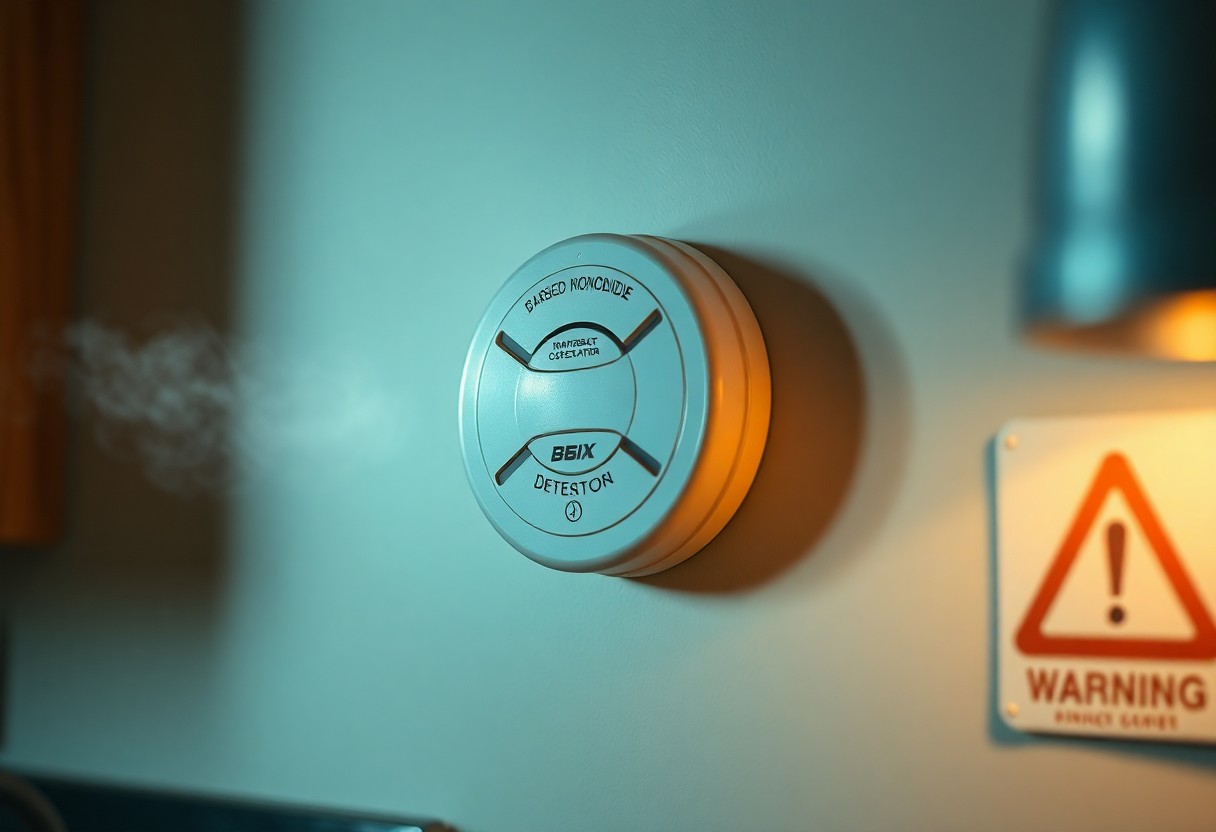Over time, many people become unaware of the dangers that exist in their own homes. One of the most dangerous yet unnoticed threats is carbon monoxide (CO), often referred to as the invisible killer. This tasteless, odorless gas can pose significant health risks, and it’s vital that you understand how to protect yourself and your loved ones from exposure.
Carbon monoxide is produced when fuels such as gas, wood, coal, and oil are burned. Appliances like water heaters, heaters, and even cars can be sources of CO leaks. Poorly maintained or improperly ventilated devices increase the risk of carbon monoxide buildup in your home or garage. You may not even realize you are being exposed until it becomes a life-threatening situation.
Some common symptoms of carbon monoxide poisoning include headaches, dizziness, weakness, nausea, and confusion. If you experience any of these symptoms, especially if you are with others in a confined space, exit the area immediately and seek fresh air. The effects can escalate quickly, ranging from mild effects to severe health complications or even death.
To protect yourself from the dangers of carbon monoxide, it’s vital that you take proactive measures. Install carbon monoxide detectors in your home, especially near sleeping areas and on every level of your property. Make sure the alarms meet the safety standards set by authorities and test them monthly to ensure they are functioning properly.
In addition to installing alarms, you should also keep your appliances well-maintained. Schedule regular check-ups for your heating systems, water heaters, and other gas-burning appliances. Any signs of rust, soot, or improper venting are indicators that you need to call a qualified technician to inspect your systems.
Proper ventilation is another key factor in minimizing your risk. Ensure that your home has appropriate airflow, especially in areas where combustion takes place. If you are using a fireplace or an indoor grill, make sure these areas are well-ventilated, and avoid using these devices for extended periods.
Certain behaviors also increase your chances of CO exposure. You should avoid running your car inside a closed garage and never use a gas range to heat your home. When using outdoor heaters or generators, make sure to use them in well-ventilated spaces away from windows and doors.
Finally, educating your family about the dangers of carbon monoxide and recognizing the symptoms can save lives. Make sure everyone in your household knows the warning signs and what to do if they suspect a CO leak. In an emergency, act quickly—get outside and call for help.
By taking the right precautions and staying informed about the risks associated with carbon monoxide, you significantly increase your chances of keeping your home safe. Your awareness and preparedness can make all the difference when it comes to protecting those you care about from these invisible and potentially deadly hazards.

Leave a Reply